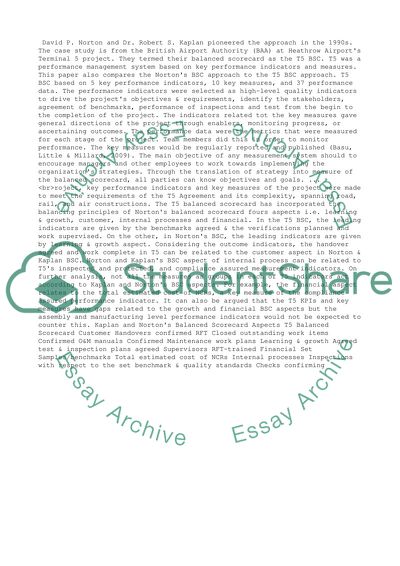Cite this document
(“BSC Flexibility & the Customer Perspective Essay”, n.d.)
BSC Flexibility & the Customer Perspective Essay. Retrieved from https://studentshare.org/management/1474033-bsc-flexibility-the-customer-perspective
BSC Flexibility & the Customer Perspective Essay. Retrieved from https://studentshare.org/management/1474033-bsc-flexibility-the-customer-perspective
(BSC Flexibility & The Customer Perspective Essay)
BSC Flexibility & The Customer Perspective Essay. https://studentshare.org/management/1474033-bsc-flexibility-the-customer-perspective.
BSC Flexibility & The Customer Perspective Essay. https://studentshare.org/management/1474033-bsc-flexibility-the-customer-perspective.
“BSC Flexibility & The Customer Perspective Essay”, n.d. https://studentshare.org/management/1474033-bsc-flexibility-the-customer-perspective.


